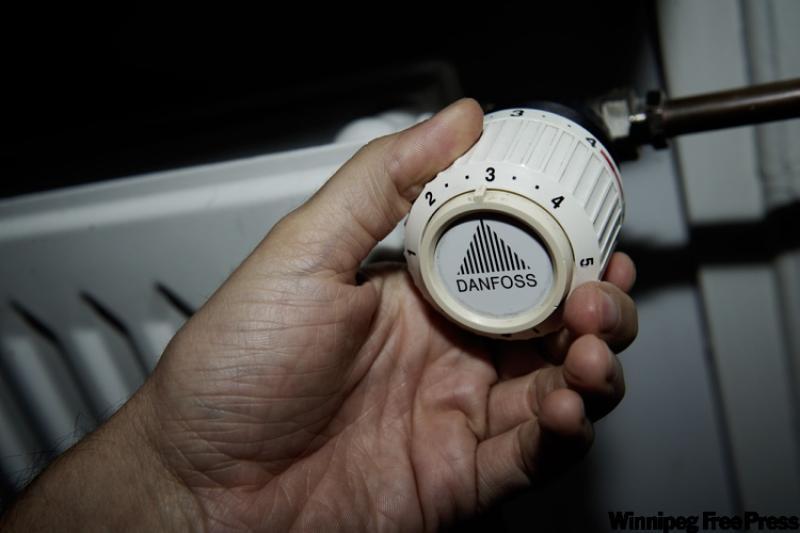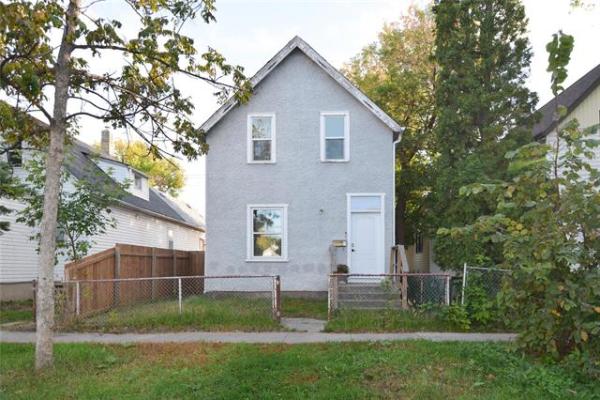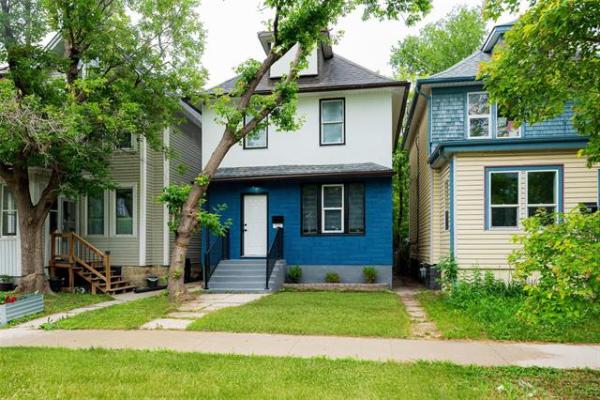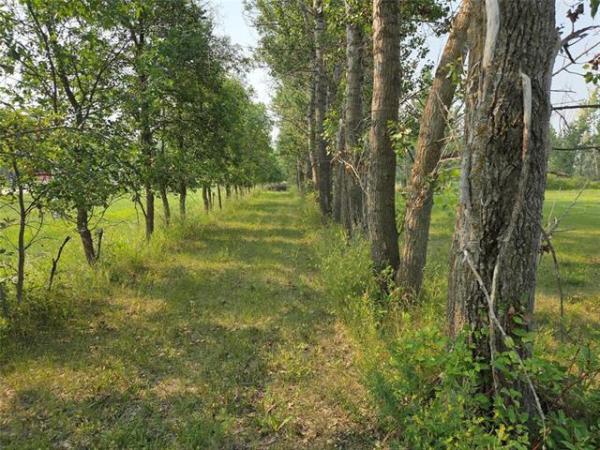QUESTION: In my home, which is 95 years old, I heat with hot-water radiators from a gas-fired boiler. Originally the boiler was gravity fed, but 41 years ago a circulating pump was added when a new boiler was installed. Currently, the upstairs of my storey-and-a-half home is warmer than the main floor. The thermostat is on the main floor and there are no zones. I have two questions.
First, the main-floor radiators all have built-in covers over them but the upstairs ones do not. One cover has a large top opening but the others do not. Would cutting larger openings in the top of the other covers aid the efficiency of the radiators so the main floor would be as warm as the second floor? If so, where would one buy mesh screening to cover the openings?
Second, if this would not help, would retrofitting a thermostatic control valve on individual upstairs radiators help? Currently, I have to turn off the upstairs radiator in the bedroom as it is too hot for sleeping.
I thought these questions might help others, as many older homes are heated in this manner. Thank you for your assistance and keep up the good work.
J. McCracken, Winnipeg
ANSWER: When upgrading older hot-water boilers, modifications for improvements in efficiency are a great idea. Adding the circulation pump to your system, quite some time ago, may have increased the overall efficiency by a significant amount. Later improvements may be possible, but cost-effectiveness may have to be taken into account before embarking on potentially expensive repairs.
One of the major drawbacks of most residential hot-water heating systems is the lack of control for various areas of the home, or zones. Most older systems were installed with only one thermostat and an "all or nothing" approach to heating. This means the boiler and circulation pump will either produce heat from all the radiators when operating, or stop when the thermostat is satisfied.
This is less of a concern than with a forced air system because the radiators will maintain a significant amount of heat even after the boiler and pump shut down. This is due to the radiant nature of the heat and the large thermal mass of old, cast iron radiators. Unlike forced air systems, which only heat the air in the building, radiant systems have much less temperature fluctuations after the boiler stops firing.
Unfortunately, the more consistent heating with your hydronic system requires a sacrifice of some of the control available with forced air. It's easy to close a register, fully or partially, to damper the amount of warm air blowing out of the ducts from a furnace. But, as you have stated, shutting off the water supply completely to individual radiators to eliminate the heat may be your only method of control for specific rooms.
Removing the boxes that partially cover the old rads may help improve the heating on the main floor, but likely not enough to make up for the inconsistency. Adding another thermostat and valves for the upper floor should work, but may be quite difficult to accomplish depending on the ceiling finishes in your basement and the location of the heating pipes.
If your basement is quite open, especially the area near the boiler, it may be possible to identify the individual heating pipes to isolate the ones going to the upper floor of your home. If the ceiling and pipes are covered or hidden inside basement or main-floor walls, access for upgrades may be very difficult. Also, if they are still the original iron pipes, it will require a skilled pipefitter to cut and adapt fittings required to install valves for the zonal control you desire. If the older pipes have been replaced with more modern copper lines, even in the basement surrounding the boiler, modifications may be more practical.
As stated earlier, cost-effectiveness should be a major concern before deciding on making major changes to your hot-water system. Because any modifications will require a complete shutdown and draining of the system, it will be time-consuming and expensive to add extra zone controls. Also, wiring will have to be fished and pulled through existing walls, all the way to the upper floor, to install the new thermostat. It might even make more sense to add a second circulation pump specifically for the upper floor, rather than valves, depending on the current configuration of your system.
Since the "newer" boiler is now more than four decades old, it may be nearing the end of its life expectancy, depending on the composition of the unit. If the burner or other components are damaged or worn, the efficiency may be not as high as possible. If replacement of the boiler may be required in the next few years, that's the time to look at adding the components for another heating zone because boiler replacement will require similar draining and pipe modifications as your proposed upgrade. It makes much more sense to make individually costly improvements for zonal control at the same time as other major upgrades to minimize the additional cost.
Ari Marantz is the owner of Trained Eye Home Inspection Ltd. and the President of the Canadian Association of Home & Property Inspectors - Manitoba (www.cahpi.mb.ca). Questions can be emailed to the address below. Ari can be reached at (204) 291-5358 or check out his website at www.trainedeye.ca.
trainedeye@iname.com




